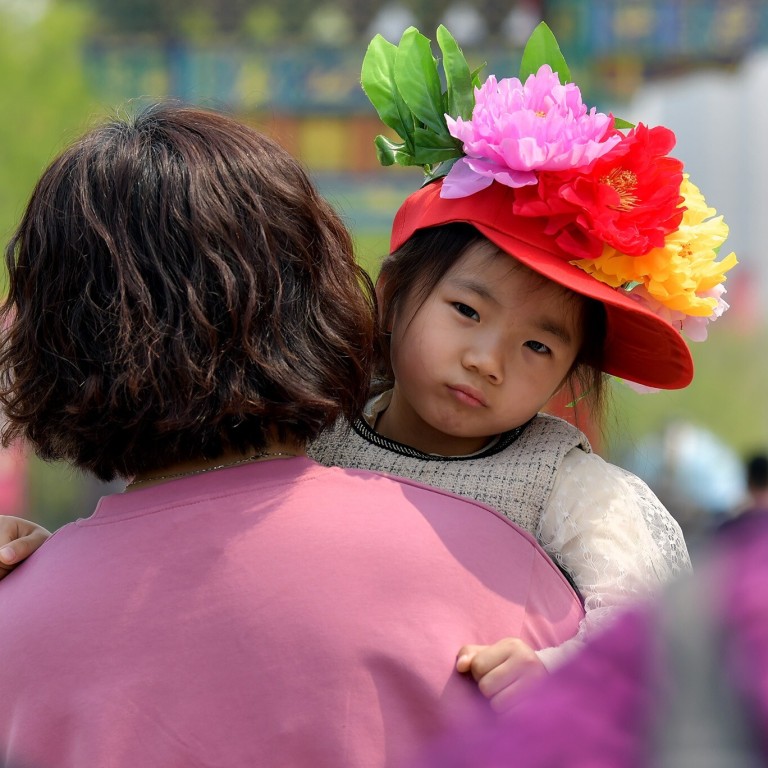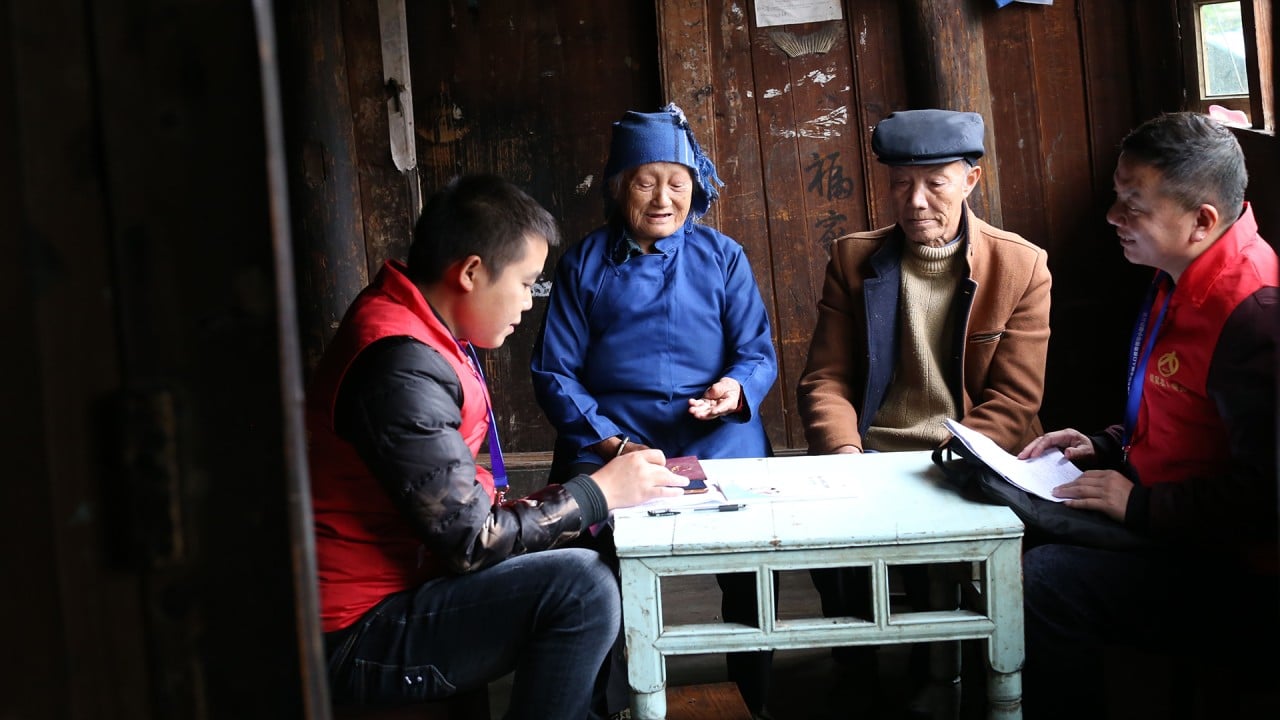
Why China’s three-child policy is unlikely to improve the gloomy long-term economic outlook
- The latest census has revealed a significant slowdown in the population growth rate, fertility rate and number of migrant workers
- Given that productivity growth has also been declining, the prospects for the economy remain grim

10:42
China 2020 census records slowest population growth in decades
However, it remains open to question whether the three-child policy will be effective. After the introduction of the two-child policy, the number of births did increase, slightly, in 2016 and 2017. However, this was only a temporary phenomenon, as the number later fell significantly.
In 2020, only 12 million babies were born in China, the lowest total in six decades. Given the minuscule effect of the initial relaxation of birth controls, it questionable whether the complete lifting of restrictions, which is now under discussion, can alter the unfavourable trend in the birth rate in the long term.
China’s total fertility rate – the average number of children born to women during their reproductive years – has dropped to the 1.3-1.7 range in the past decade, far below the 2.1 level that would be needed to sustain the current population level in the medium to long term.
While the total population is still growing, the working-age population peaked in 2010 and has declined since then.
A United Nations projection in 2019 suggests that even in the best-case scenario (with the fertility rate rising to 2 over time), the share of China’s working-age population will continue to fall in the coming decades before stabilising around 2055.
However, China’s total fertility rate, at around 1.3 in 2020, is in fact already worse than the most pessimistic scenario presented by the UN, in which the share of 15-64-year-olds will fall steadily until just before the end of this century, when it will be less than 50 per cent.
China census delay may be due to coronavirus impact on migrant workers
In the meantime, China’s migrant workers are also getting older. People aged 40 and above now comprise about half the total pool of migrant workers, versus about 30 per cent in 2008.
As a result, migrant worker mobility has declined as the data suggests more want to work in their home province rather than make the long journey to coastal regions.
If history is any guide, with the working-age population shrinking, China’s economic prospects will turn gloomier as overall output growth derives from the growth rate of the working population and its productivity.
The projections show that the working population will decline in the years ahead, and China will probably not be able to compensate for this with a significant rise in elderly participation rates.
Therefore, growth has to be based on higher productivity per worker. But this looks unlikely given that productivity growth has been declining. So, all in all, demographic trends imply continuously lower growth rates for the Chinese economy in the coming years.
Hao Zhou is senior emerging markets economist at Commerzbank

